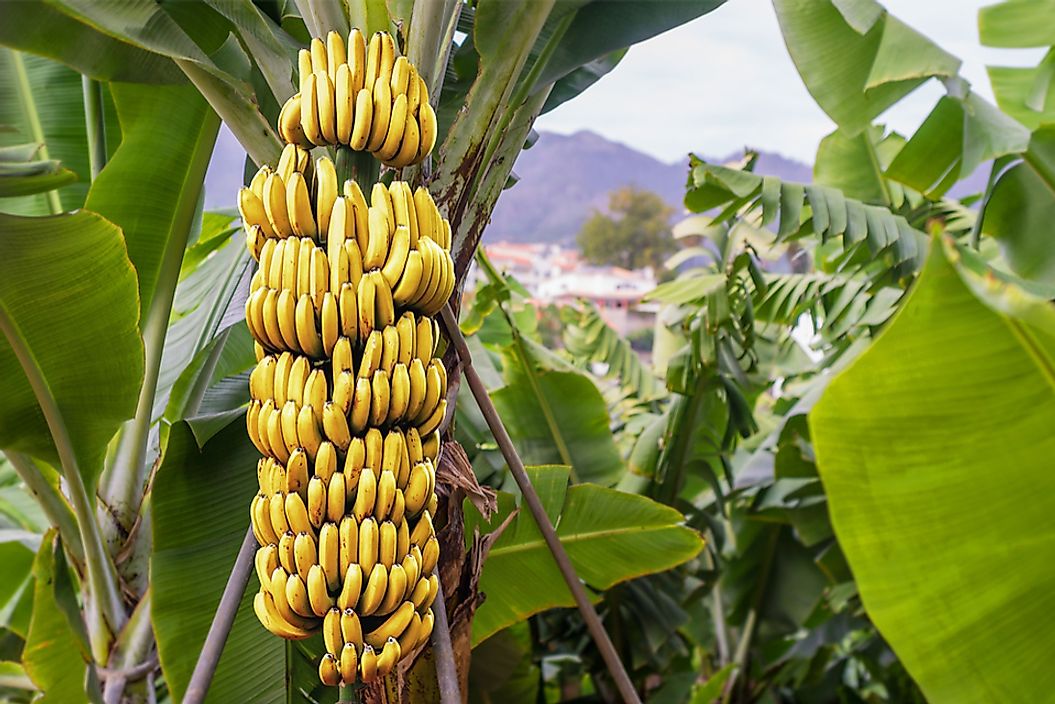What Is the 'Original' Banana?

What Is the Original Banana?
The banana is an edible fruit, which is technically a berry, and popular throughout the world. However, the bananas grown today are not the 'original' bananas. In fact, the original banana was different in nearly every way. Over time, the original banana became extinct, and we currently have a mutation of the early banana. The original banana is believed to have been cultivated about 1000 years ago. It was primarily cultivated in Papua New Guinea and parts of southeastern Asia.
History of the Original Banana
Cultivation of the original banana is believed to pre-date rice. Even though the plant thrived in Africa, it is believed to have its origins in Oceania and parts of eastern Asia. The original banana was different from current sweet yellow bananas. Instead, early bananas were green or red, and were prepared using a variety of cooking methods. These bananas are presently referred to as plantains or cooking bananas in order to distinguish them from the sweet bananas we know today. The original bananas could only be eaten after cooking, which is contrary to the bananas we eat raw today. In fact, the current yellow sweet banana is a mutant of the plantain.
Discovery of Sweet Bananas
Sweet bananas were discovered by Jean Poujot in 1836. He discovered banana trees in his farm bearing yellow fruit instead of the normal red or green types. After tasting them, he realized that unlike original bananas, they were sweet in their raw state. He subsequently began cultivating these sweet bananas.
Comparison Between Original and Sweet Bananas
Even though the original banana closely resembles the modern banana, they are very different. The original banana is starchy and longer than the current banana, and also has a thicker skin compared to that of the sweet bananas we know today. The original banana is characterized by black spots, as well as various rough areas. It is always creamy, lightly pink, or at times yellowish. The taste continues to change, depends on the various development stages. For instance, at the stage when its peel is yellow, the flesh has a bland flavor and a starchy texture. During the next development stage, the peel may change color to black. In this case, the flavor is sweeter than before, and its aroma is more like the sweet banana. In spite of the changing taste, the original banana stays firm when cooked.
Conclusion
It is fascinating that what we call a ‘banana’ today is not what was historically considered to be a banana. The original banana is currently known as the cooking banana or plantain. However, modern bananas simply need to ripen and turn yellow and then they are ready to be eaten raw.











